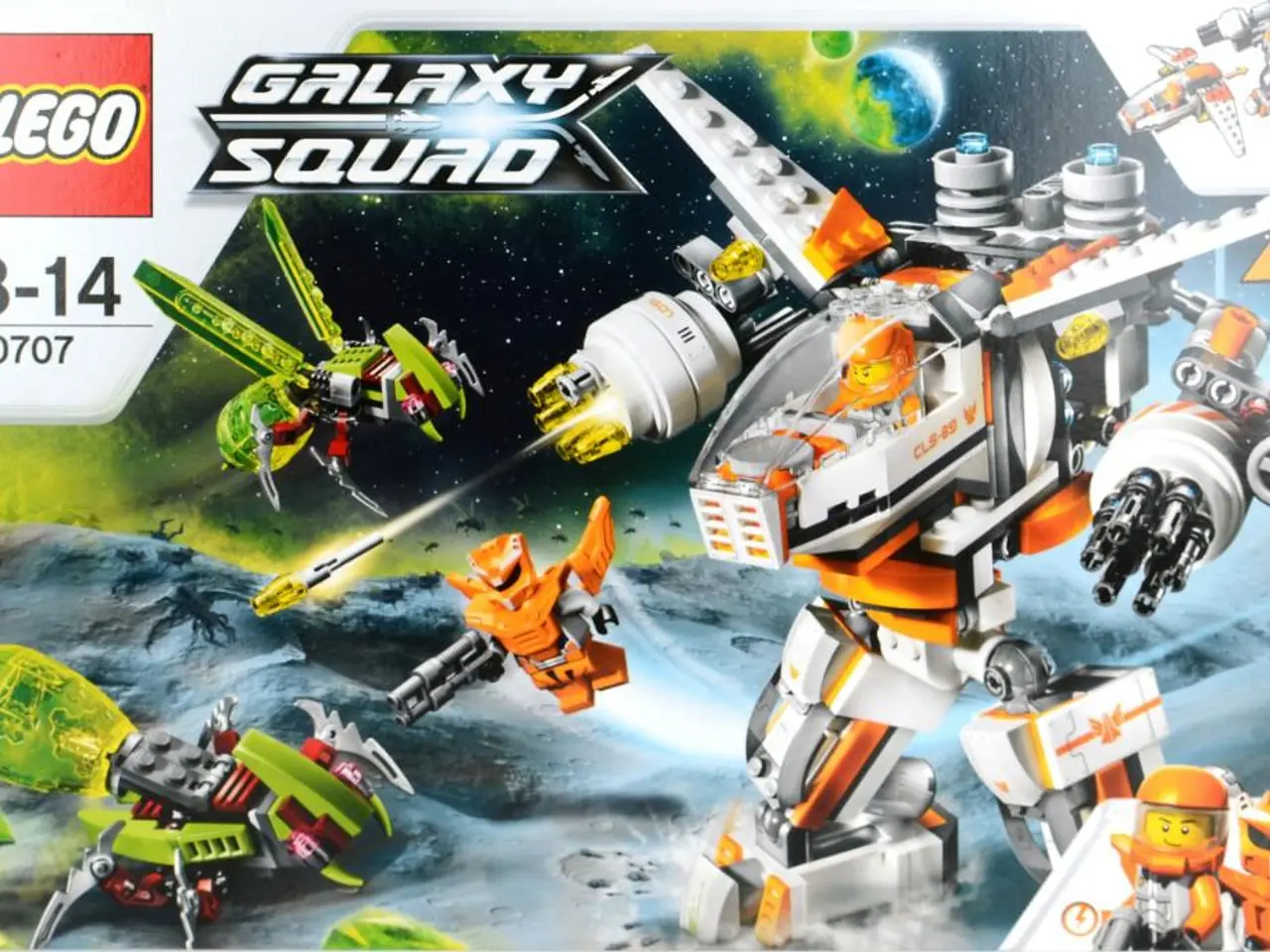Artificial intelligence developer OpenAI unveils newest AI model in its lineup
In August 2025, OpenAI unveiled its latest AI model, GPT-5, marking a significant leap forward in artificial intelligence. This groundbreaking software, designed with a focus on programming software capabilities, is poised to revolutionise the tech industry, particularly impacting the Microsoft product ecosystem.
Key Features of GPT-5
GPT-5 boasts an impressive array of features that set it apart from its predecessors.
- Unified Hybrid Model with Real-Time Routing: GPT-5 combines several models (regular, mini, nano), including a deeper reasoning model and a real-time router that dynamically chooses the best model based on task complexity and user intent without manual selection.
- Enhanced Intelligence and Reasoning: GPT-5 demonstrates improved accuracy, speed, advanced math capabilities, structured thinking, and expert-level problem solving. This includes exceptional performance on benchmarks involving complex tool use and agentic, multi-step tasks.
- Special Personalities for Interaction: Users can choose from four distinct interaction styles—cynic, robot, listener, nerd—to tailor chatbot responses for mood and context appropriateness.
- Expanded Token Limits and Multimodal Input: Supports up to 272,000 input tokens and 128,000 output tokens, with both text and image input capabilities, enhancing context understanding and versatility.
- Developer Control with Verbosity Parameter: A new API feature lets developers control response length (low, medium, high verbosity), optimising output for specific application needs.
- Improved Tool Integration and Complex Task Execution: GPT-5 reliably chains dozens of tool calls in parallel or sequence, follows instructions precisely, and handles tool errors better, making it ideal for real-world software creation and automation.
Free for Consumers and Powering Business Applications
GPT-5 is available both for free to consumers via ChatGPT and through API access powering business applications with 5 million paid users worldwide.
Implications for Programming Software Creation
GPT-5's enhanced reasoning and memory allow for faster, more accurate code generation and debugging, supporting complex programming environments. It also excels at long-context handling, supporting better understanding of large codebases or multi-file projects due to long token limits. In addition, GPT-5 is capable of orchestrating complex workflows with multiple tool integrations, facilitating end-to-end software development tasks such as code compilation, testing, and deployment.
Integration with Microsoft Products
While specific new Microsoft integrations aren't detailed, the following can be inferred from GPT-5’s positioning and OpenAI’s established partnership with Microsoft:
- Embedded into Microsoft’s Productivity Suite: GPT-5 likely enhances Microsoft apps like Word, Excel, PowerPoint, and Azure AI services with smarter assistance, automated coding in Visual Studio, and faster, more accurate analytics in Excel.
- Enterprise AI Transformation: Microsoft’s enterprise customers leveraging Azure OpenAI will gain access to GPT-5’s breakthroughs in reasoning, agentic tasks, and multi-tool workflows, amplifying automation and business intelligence capabilities.
- Developer Tools Enhancement: Visual Studio Code and GitHub Copilot are expected to integrate GPT-5 features, improving code suggestions, error correction, and project scaffolding for developers.
The GPT-5 era is expected to be characterised by the ability to create software on demand, as Sam Altman, OpenAI CEO, suggests. This new phase in AI company competition promises significant improvements over its predecessors, with Microsoft strategically collaborating with OpenAI alongside competitors like Anthropic, Elon Musk's xAI, Google, and Meta.
[1] OpenAI. (2025). GPT-5: The Future of AI and Software Development. [online] Available at: https://openai.com/blog/gpt-5/
[2] Microsoft. (2025). GPT-5 Integration with Microsoft Products. [online] Available at: https://www.microsoft.com/en-us/news/gpt-5-integration-with-microsoft-products
[3] VentureBeat. (2025). GPT-5: The Next Generation of AI Software. [online] Available at: https://venturebeat.com/2025/08/01/gpt-5-the-next-generation-of-ai-software/
[4] TechCrunch. (2025). GPT-5: A Revolution in AI and Programming. [online] Available at: https://techcrunch.com/2025/08/01/gpt-5-a-revolution-in-ai-and-programming/
[5] Wired. (2025). GPT-5: The AI Model That Will Transform Software Creation. [online] Available at: https://www.wired.com/story/gpt-5-the-ai-model-that-will-transform-software-creation/
- With its powerful artificial-intelligence capabilities, GPT-5 is poised to revolutionize not only the tech industry but also economic and social policy, as it holds great potential for streamlining various sectors through advanced software creation and automation.
- GPT-5's integration with Microsoft products, particularly its productivity suite and development tools like Visual Studio Code and GitHub Copilot, is expected to significantly enhance the user experience and productivity for Microsoft's vast customer base.




